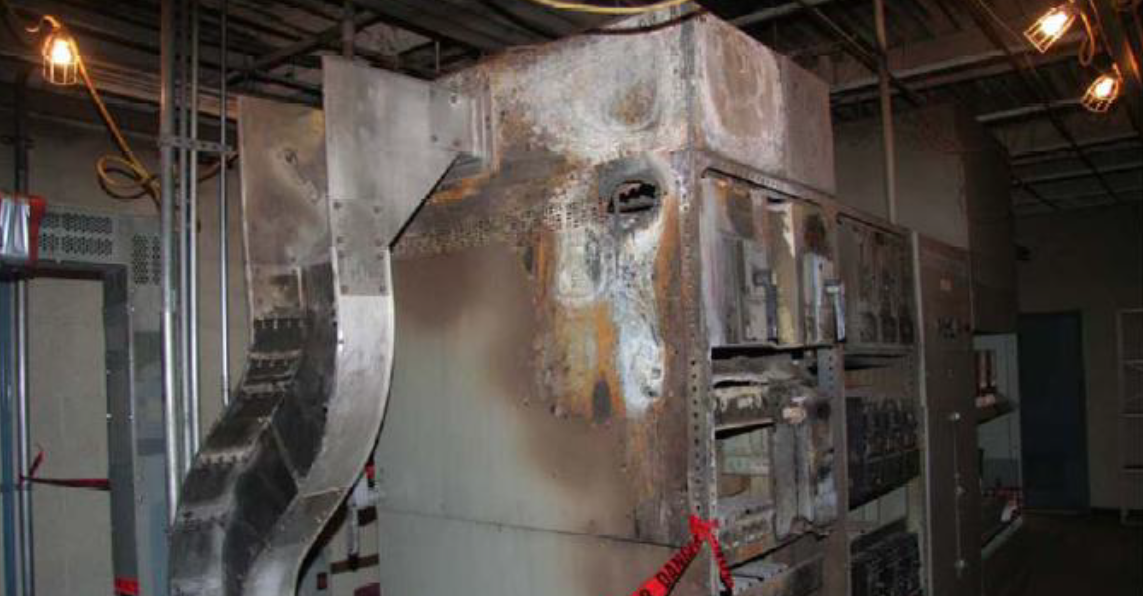FLIR Optical Gas Imaging Camera Finds a Leak, Improves Safety and Saves Money at … a Hotel?
While Optical Gas Imaging (OGI) is a technology that is understood in many industries, like the oil and gas industry where operators use OGI to meet regulators or the electric utility industry where diagnostic technicians use the cameras to find sulfur hexafluoride gas leaks in substations, there are many in the world that may not be familiar with the technology. This technology is unique in that is leverages infrared camera detectors that are filtered to narrow wavelengths of energy matching specific gases, like methane used in natural gas. They are often used in heavy industrial applications to find dangerous chemicals or gases that can be harmful to the environment but as the leader in OGI cameras, we often find unique applications or use cases for our technology. One such scenario was recently exposed at the most unlikely of places…a hotel!
At a recent training class held by the Infrared Training Center, some of the students and the instructor thought they could smell methyl mercaptan, the odorant that is added to natural gas to be used as a first level of awareness in the event there is a gas leak. While rare, this can happen and is often a threaded connection in the piping or a faulty device, like a regulator leak. In this case, and since there were OGI cameras in this infrared training class, the instructor of the class, Ron Lucier, decided to use the unique situation to have a class field inspection at the hotel. Using FLIR OGI cameras like the Gx320 engineered to see hydrocarbons, VOCs and methane, the class set off on their experiment to see if there was a leak, and if they could find it.

After a short time looking at various items where natural gas is used in the hotel, they noticed a leak from the commercial dryer! Evaluating the leaking dryer from a safe distance, a key advantage of OGI camera compared to other gas detection technologies, they pinpointed the leak and safely checked the concentration of the leak found. One of the students measured about 1000 ppm VOC and between 1 and 2% of the lower explosion limit (LEL)! Since the Gx320 camera from FLIR has internal quantification capabilities, they measured the leak size which resulted in 370.1 standard cubic feet per hour (scfh) of methane (natural gas) in the dryer exhaust. Since the price of natural gas the day of the incident was $14.65 per MCF (a thousand cubic feet, residential rate), this leak would yield a loss of about $23,500 per year. Not only will fixing this leak amount to a huge financial savings for the hotel company, the safety and reduction in emissions will be a huge benefit as well.
While optical gas imaging is generally associated with oil and gas, chemical, manufacturing or utility applications, there are often scenarios where OGI camera can help in very unique ways. From using these cameras in medical operating rooms to combat infections to reducing gas emissions at a landfill facility, and now to finding leaks at a hotel, OGI technology can be widely used to ensure we are safer and improve our environment.
Interested in getting OGI certified? Learn more about our Optical Gas Imaging Certification Courses



